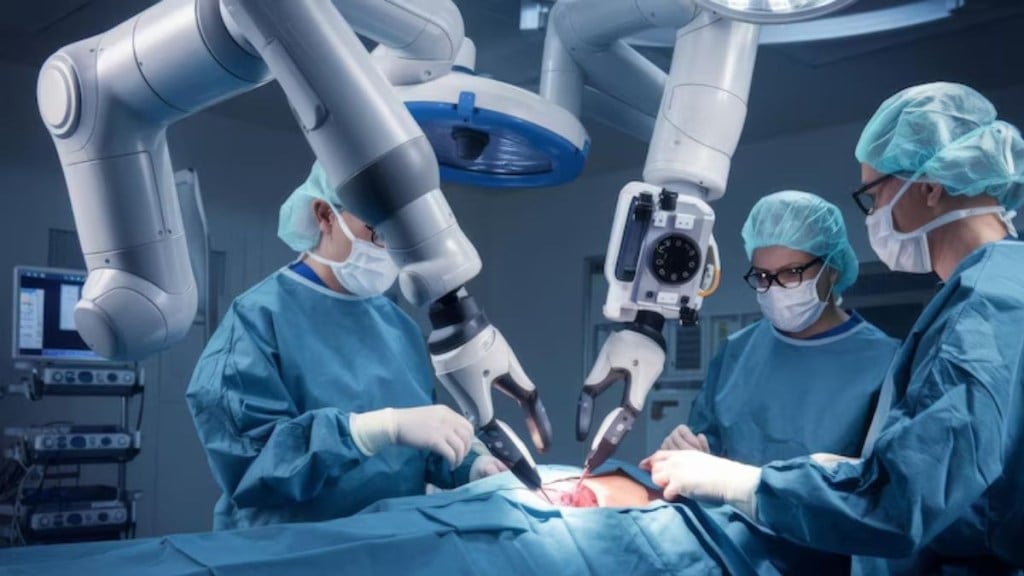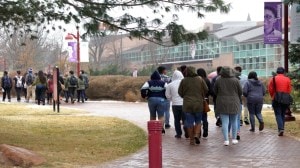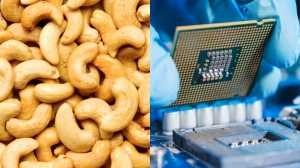In a medical breakthrough, US surgeons have successfully completed the country’s first fully robotic heart transplant, replacing a patient’s failing heart without cutting through the chest or breaking the breastbone. The surgery was performed at Baylor St. Luke’s Medical Center in Houston on a 45-year-old man suffering from advanced heart failure. The patient relied on multiple machines to keep his heart functioning.
Instead of using the traditional method of opening the chest and cutting the breastbone, surgeons used a robotic system to make small cuts and work through the body using tiny instruments. The robotic tools helped doctors remove the damaged heart and implant a healthy donor heart—all without large, invasive cuts.
A new chapter in transplant surgery
“Opening the chest and spreading the breastbone can slow healing and delay recovery, especially for heart transplant patients who take immune-suppressing medicines,” said Dr. Kenneth Liao, the lead surgeon and chief of cardiothoracic transplantation at Baylor St. Luke’s.
Dr. Liao explained that the robotic approach helps protect the chest wall, lowers the risk of infection, and supports quicker recovery, better breathing, and early movement after surgery.
Heart transplants are among the most complex and invasive surgeries in medicine. However, this new robotic approach could change how these life-saving procedures are done in the future. While surgical robots have been used in other areas like prostate surgery and heart valve repair, this is the first time an entire human heart has been transplanted robotically in the US.
Why robotic surgery matters
The robot used during the procedure offers millimetre-level precision, allowing surgeons to operate through small entry points without needing bone saws or wide openings. This means less pain, less blood loss, and faster healing.
Avoiding the breastbone also reduces the need for blood transfusions, which can sometimes trigger the body to reject the new heart. In simpler terms, the robot made it possible to perform one of the world’s most difficult surgeries in a safer, less damaging way.
“This transplant shows what is possible when innovation and surgical experience come together,” Dr. Liao said. “We aim to give patients the safest and least invasive care, and robotic technology helps us do that.”
Fast recovery without complications
The patient recovered well and was discharged one month after surgery with no complications. Experts believe this could be a game-changing moment for organ transplant surgeries.
“This is a giant step forward in making even the most complex surgeries safer,” said Dr. Todd Rosengart, chair of the Michael E. DeBakey Department of Surgery at Baylor. “We’re proud to bring this innovation to the world.”
This robotic heart transplant may soon become a model for how other major surgeries are performed with less cutting, faster healing, and better outcomes.








